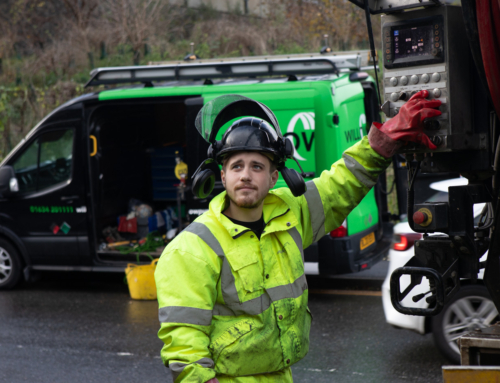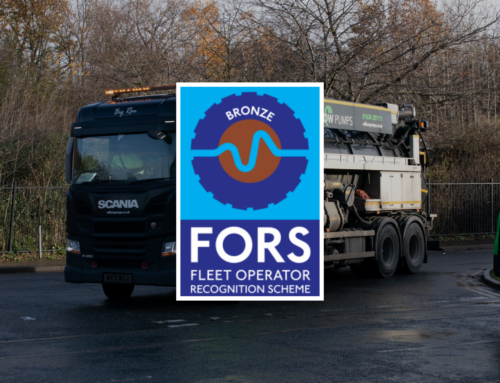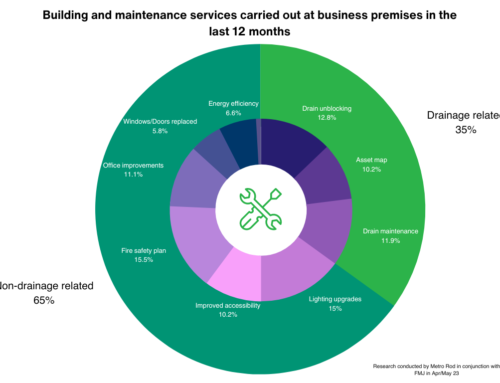What you need to know?
There’s nothing like a torrential storm to get a new year off with a bang.
As if the few days we’ve experienced of 2021 haven’t been hard enough already (thank you, Coronavirus), Storm Christoph added to it by battering huge swathes of the country with gale-force winds, flooding and snow. Several severe flood warnings were issued, hundreds of people were evacuated from their homes, some of the few businesses still open were forced to close and several rivers burst their banks.
The bad news is that more storms are on their way. The even worse news is that the English weather and changing climate means there’s no longer a set time of year that we should be preparing for the impact of storm and flood damage – it’s become something that businesses have to mitigate against all year round.
Hundreds of thousands of stormdrains and pumping stations are installed across the UK, designed to draw water away from roads, car parks, & communal areas when heavy rain and flash flooding occurs ensuring our communities remain operational and premises are protected. They’re often found underneath big shopping centres, supermarkets housing estates to direct water away from car parks, or on housing developments in areas that are subject to flooding. Most people are unaware of this.
This is how storm drains and pumps work:
- Excess water escapes into the surface water network via gutters downpipes surface water gullies and Aco channels
- The water enters a stormwater network of pipes and possible large holding tanks to then flow through a hydro break (this slows the water down) and then into a pumping station.
- As the pumping station chamber fills with water it will reach a certain level which will then activate a float which will engage the pumps to remove the access water.
- The pumps will discharge to an area that has been deemed suitable normally into sewer pipes, where it eventually reaches our lakes, rivers or reservoirs.
When functioning efficiently, storm drainage systems are great at protecting us from the impact of floods. However, many aren’t routinely serviced or maintained, and become clogged with fallen leaves, litter and silt which builds up over time. Then, when a storm does hit, the drainage systems sitting beneath our infrastructure aren’t able to cope. They overflow and suddenly, huge lakes form on motorways, in car parks, outside our businesses.
The risks of flooding
The effects of a poorly maintained storm drain can put people at risk and damage your business and its reputation.
Excess water which isn’t able to drain properly can cause structural damage to the infrastructure surrounding it which can affect your property in the long term. As well as being unsafe, if you need to hire a specialist to conduct reactive repairs, your doors will likely have to close leading to a loss of earnings.
When storm drains and sewers overflow due to a high volume of water it isn’t just rainwater that covers our street – it’s foul water too which can severely impact the health of people working and living nearby.
Another element of drain maintenance is taking care of your gutters, downpipes and gullies as they feed directly into storm drains. If these aren’t functioning as they should damage can be caused to your external walls and might even find its way into your electrics.
A key element of any underground drainage system is an interceptor, which is designed to stop contaminated substances reaching our streams and water courses and creating a pollution hazard. Interceptors are often overlooked and not maintained cleaned out. This then leads to a build-up of silts within the chambers and potentially could cause the system to back up and flood the upstream area. The other concern is removing the waste can be extremely expensive and the more silt there is to remove the greater the cost. If the interceptors are maintained on a regular base the costs will be minimal.
Finally, if you have a storm drain and suffer from a flood, but are found by your insurance to have not taken the steps to actively maintain it, you’re unlikely to be covered for the cost of the associated damage.
What’s the solution?
Implementing a program of pre-planned maintenance (PPM) with a storm drain expert will prevent your systems from poor performance, meaning your site is at less risk of flooding or impacting others.
Willow Drainage offer pre planned sewer and storm drain cleaning. We’ll service your drainage system so we can identify any work necessary to prevent potential failures in your systems before it occurs. Depending on your needs, we’ll visit quarterly, six-monthly or annually, helping to reduce the costs of emergency call outs when a heavy rainfall does occur.
Our experienced engineers will use specialised, combination unit with high-pressure water jetter to clear storm drainage gullies interceptors and downpipes removing any build-up of silts from the drainage system. This will also prevent silt build-up moving further down the drainage system.
We’ll also provide a full service schedule tailored to your site needs, keeping a record of when your maintenance is due.
Taking action against a problem which may not have happened yet might seem an unnecessary expense, but if a storm drain encounters an issue, the cost associated with a reactive repair and the inevitable closure of your site for several hours far outweighs it.
Flooding is an unavoidable force of nature; living in the UK means excess rainfall and the impact it has on our homes and livelihoods is part of life. But implementing a PPM schedule mitigates you against that risk and means that, when the next storm strikes, you’re better prepared to get back up and running quickly.








